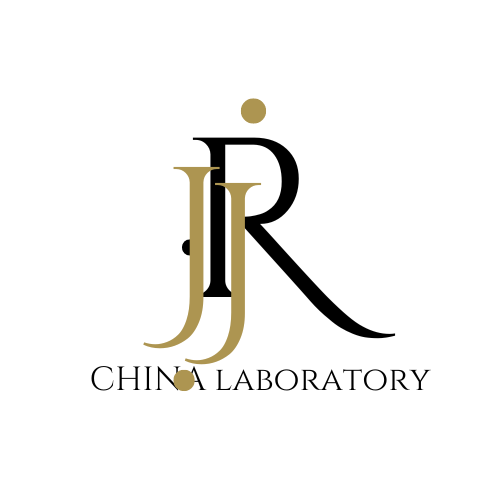
Compliance for Battery-Operated Products on the TMEU Platform
Currently, products with batteries listed on the TEMU platform require a series of relevant certifications to ensure product safety, compliance, and environmental protection.
CE-Battery Certification
Definition and Purpose: The CE-Battery certification is a mandatory certification for harmfUL substances in battery products, aiming to ensure that battery products comply with EU regulations on limiting harmful substances in batteries and waste batteries (EU) 2023/1542.
Scope: All battery products sold in the EU market, whether built into other electronic products or not, must obtain the CE-Battery certification.
Main Restrictions: This certification mainly limits the content of harmful substances such as mercury, cadmium, and lead in batteries, ensuring they do not exceed the prescribed limits.
- Mercury (Hg): ≤0.0005%
- Cadmium (Cd): ≤0.002% (for portable batteries)
- Lead (Pb): ≤0.01% (for portable batteries), but portable zinc-air button batteries can delay compliance until August 18, 2028.
Process: Typically, an application form, product samples, and relevant technical documents need to be submitted to a certification body. After passing testing, the CE-Battery certificate and DOC documents should be uploaded.
CE-emc certification
Definition and Purpose: The CE-EMC certification is a requirement by the EU for the electromagnetic compatibility (EMC) of electronic and electrical products, ensuring that the product does not cause interference with other devices and systems and can function properly without being disturbed by other devices.
Scope: All electronic and electrical products sold in the EU market, including products with built-in batteries, must obtain the CE-EMC certification.
Main Tests: Products must pass EMC tests, including conducted emissions testing, radiated emissions testing, and immunity testing, to ensure compliance with CE-EMC Directive (2014/30/EU).
Process: Submit an application form, product samples, and relevant technical documents to the certification body. After passing the tests, the CE-emc certificate will be issued.
CE-ROHS certification
Definition and Purpose: The CE-RoHS certification is the EU directive restricting the use of certain hazardous substances in electronic and electrical products, aiming to protect human health and the environment by preventing the illegal use and discharge of harmful substances. The RoHS directive is 2011/65/EU.
Scope: All electronic and electrical products sold in the EU market, including products with built-in batteries, must obtain the CE-RoHS certification.
Main Restrictions: This certification primarily limits the content of harmful substances such as lead, mercury, cadmium, hexavalent chromium, polybrominated biphenyls, and polybrominated diphenyl ethers in products, ensuring these substances do not exceed the prescribed limits.
- Lead (Pb): 0.1%
- Cadmium (Cd): 0.01%
- Mercury (Hg): 0.1%
- Hexavalent Chromium (Cr6+): 0.1%
- Polybrominated Biphenyls (PBBs): 0.1%
- Polybrominated Diphenyl Ethers (PBDEs): 0.1%
- Di(2-ethylhexyl)phthalate (DEHP): 0.1%
- Benzyl Butyl Phthalate (BBP): 0.1%
- Diisobutyl Phthalate (DIBP): 0.1%
- Di-n-octyl Phthalate (DNOP): 0.1%
Process: Typically, an application form, product samples, and relevant technical documents need to be submitted to a certification body. After passing testing, the CE-RoHS certification will be issued.
In summary, battery-operated products listed on the TMEU platform need to obtain CE-Battery, CE-EMC, and CE-RoHS certifications. These certifications are not only requirements for product safety and compliance but also essential for entering the EU market. Merchants should ensure that their products' design, production, and testing meet the relevant EU regulations and standards while preparing these certifications.
Email:hello@jjrlab.com
Write your message here and send it to us
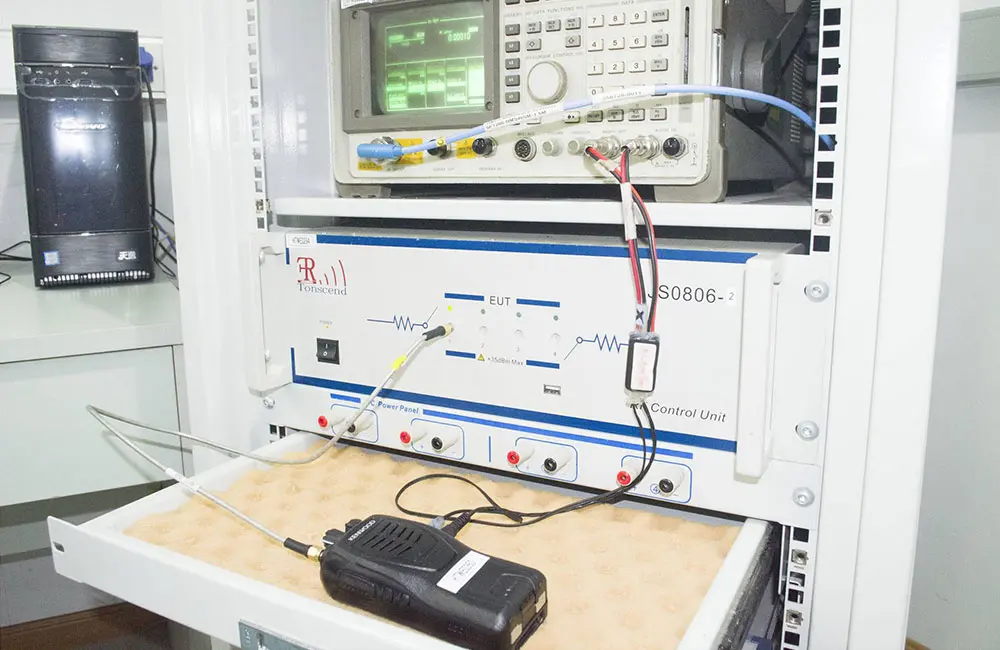 What is the meaning of EMC?
What is the meaning of EMC?
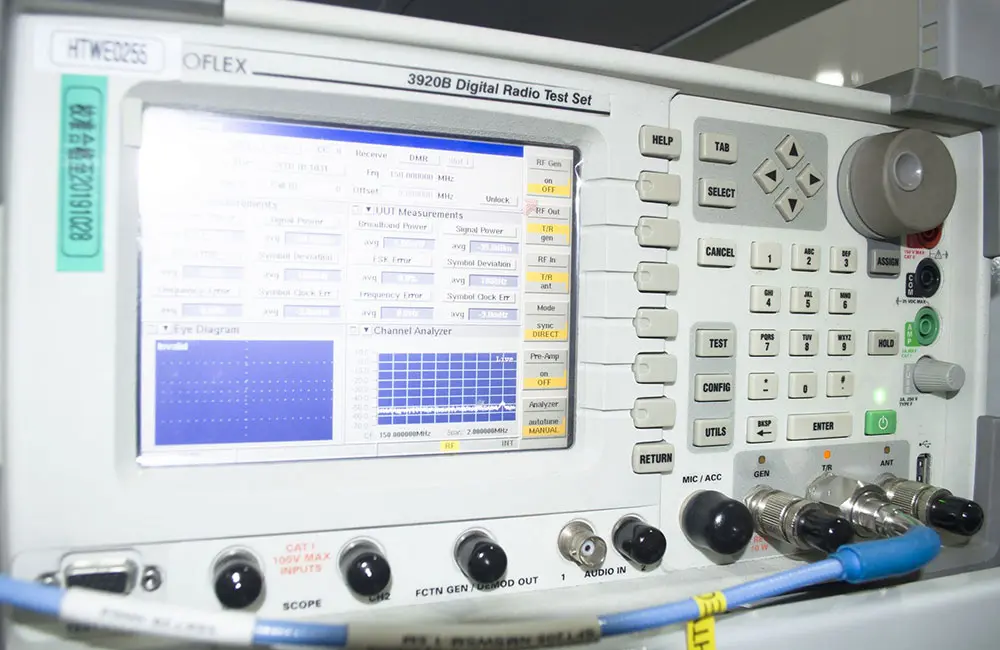 Why EMC Test Is Required?
Why EMC Test Is Required?
 What is the Difference Between EMI and EMC?
What is the Difference Between EMI and EMC?
 What is the difference between CE EMC and CE LVD?
What is the difference between CE EMC and CE LVD?
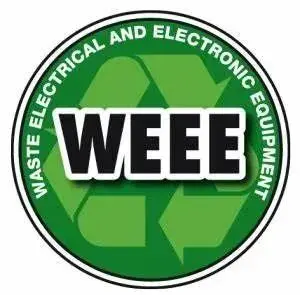 What Is the EU WEEE for Electronic and Electrical
What Is the EU WEEE for Electronic and Electrical
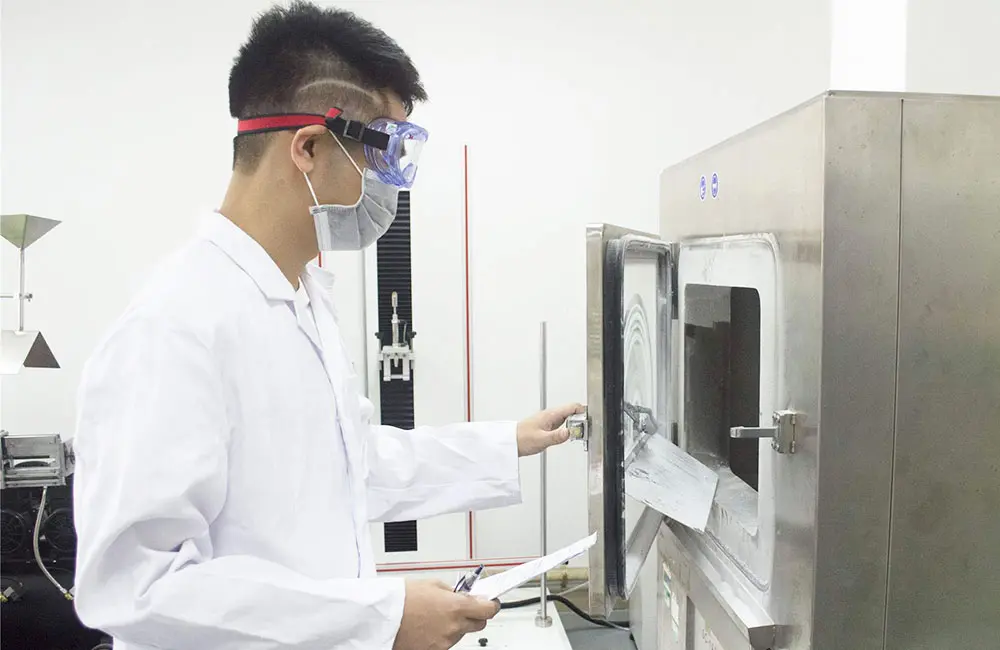 What Is the ASTM D4316-95(2016) Hot Water Bottle T
What Is the ASTM D4316-95(2016) Hot Water Bottle T
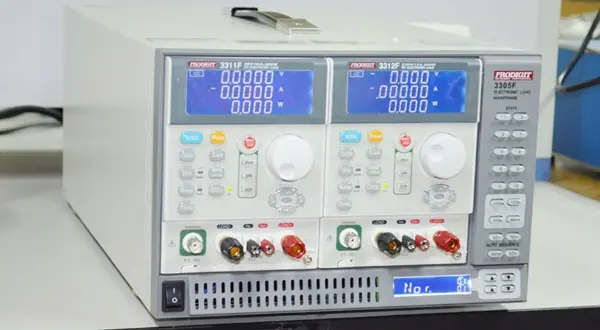 Amazon Electric Massager UL1647 Test Report
Amazon Electric Massager UL1647 Test Report
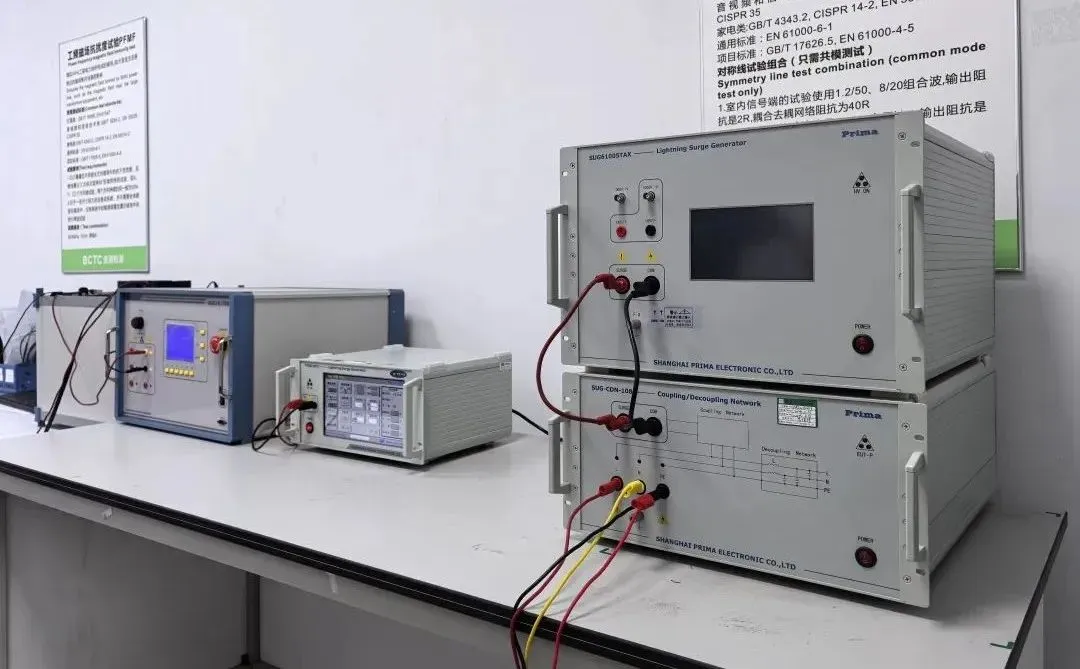 What Is IEC 60068-2-5:2018 Solar Radiation Test?
What Is IEC 60068-2-5:2018 Solar Radiation Test?
Leave us a message
24-hour online customer service at any time to respond, so that you worry!
